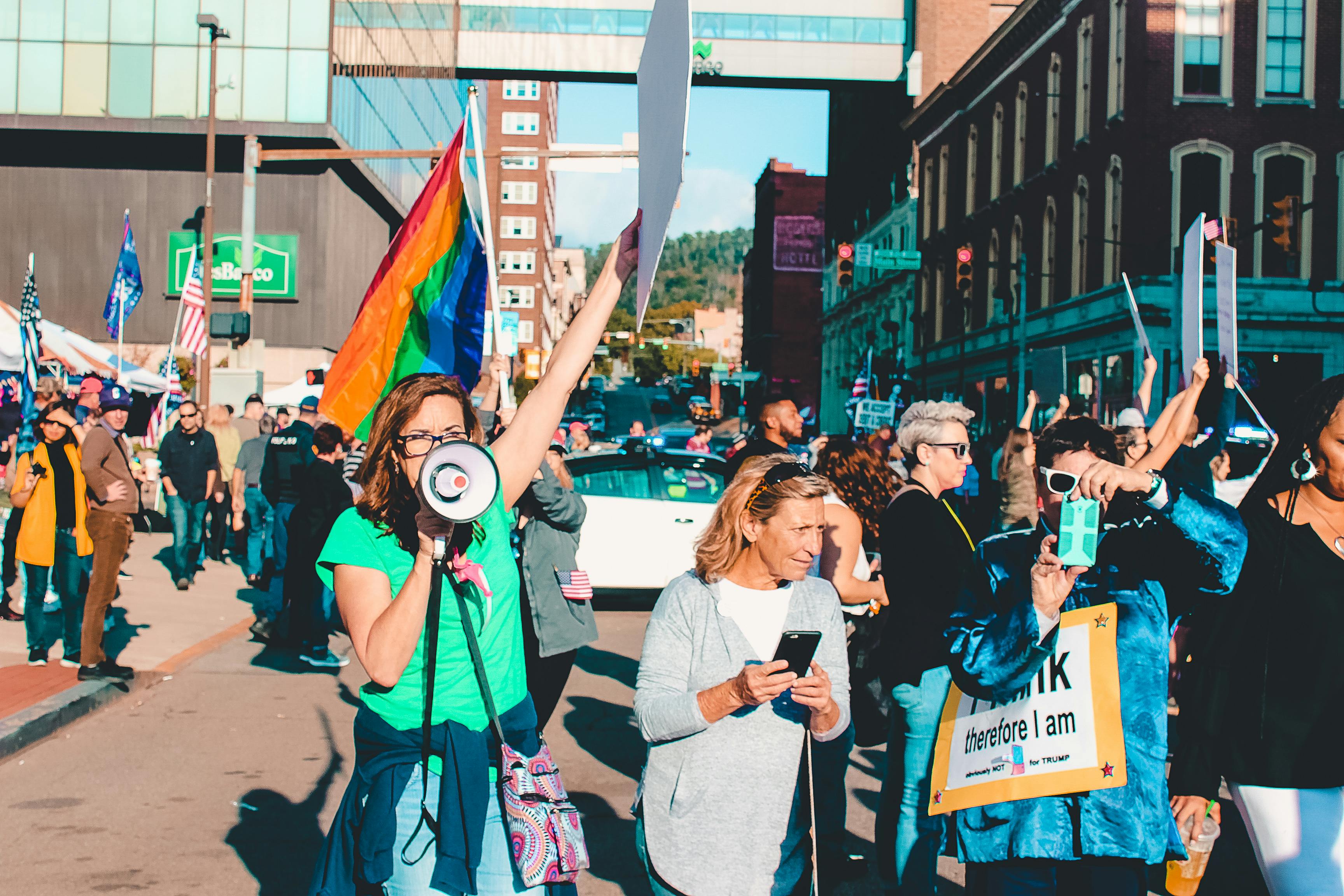
Modern Dance – A Brief History
When someone says “modern dance,” the image that most often comes to mind is a ballerina clad in black spandex rolling on the floor. Although the dancers wear alternate costumes and often dance barefoot, the style is about much more than artistic people expressing themselves in weird ways.
Perfected in the early 20th century, modern dance developed as a direct response to the rigid structure of ballet. Led by German and American women, a group of ballerinas set out to demonstrate that other forms of movement could be as graceful and beautiful as traditional ballet forms, without the constraints of such baroque styles.
Many similar forms of expressive dance came before what we know today. Free dance and a style based on the philosophies of Nietzsche paved the way for names like Alvin Ailey, arguably the most famous choreographer of our time.
Modern Dance is expressive in ways that ballet does not aspire to be; the use of emotions, moods, facial expressions and self-expression in general are integral parts that have no place in classical dance styles. Much of this stemmed from dancers’ intense need to express themselves during the Great Depression, when modern dance underwent its final changes to reach its current form. Through the movement, the dancers attempted to embody the ethical, social, and political issues of the time. At the forefront of the first American movement was Martha Graham, who used irregular movements and determined falls to the floor to rebel against the slight lightness that ballerinas required.